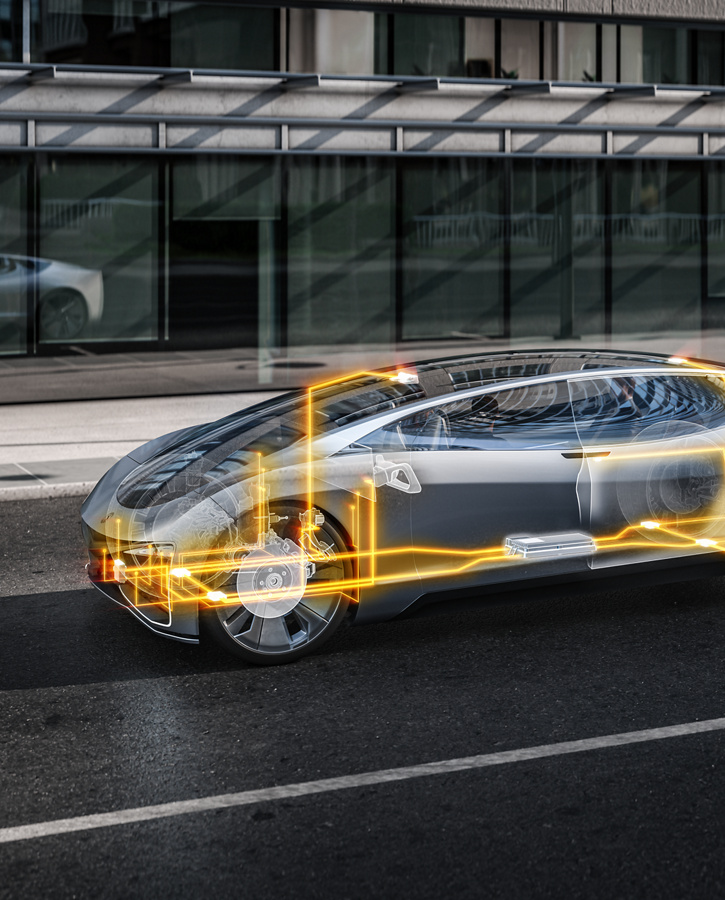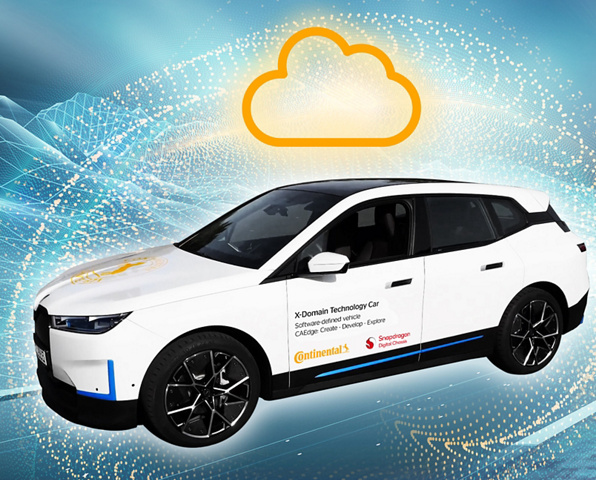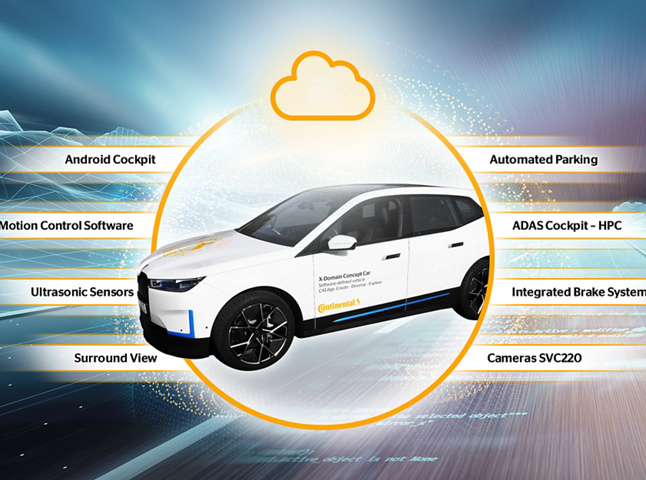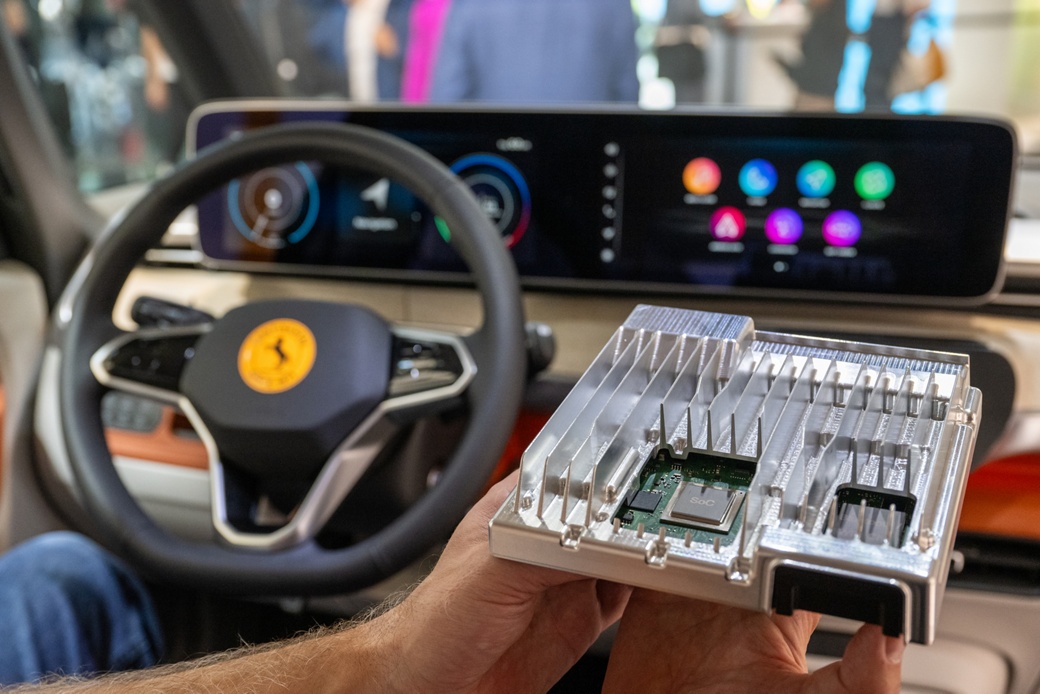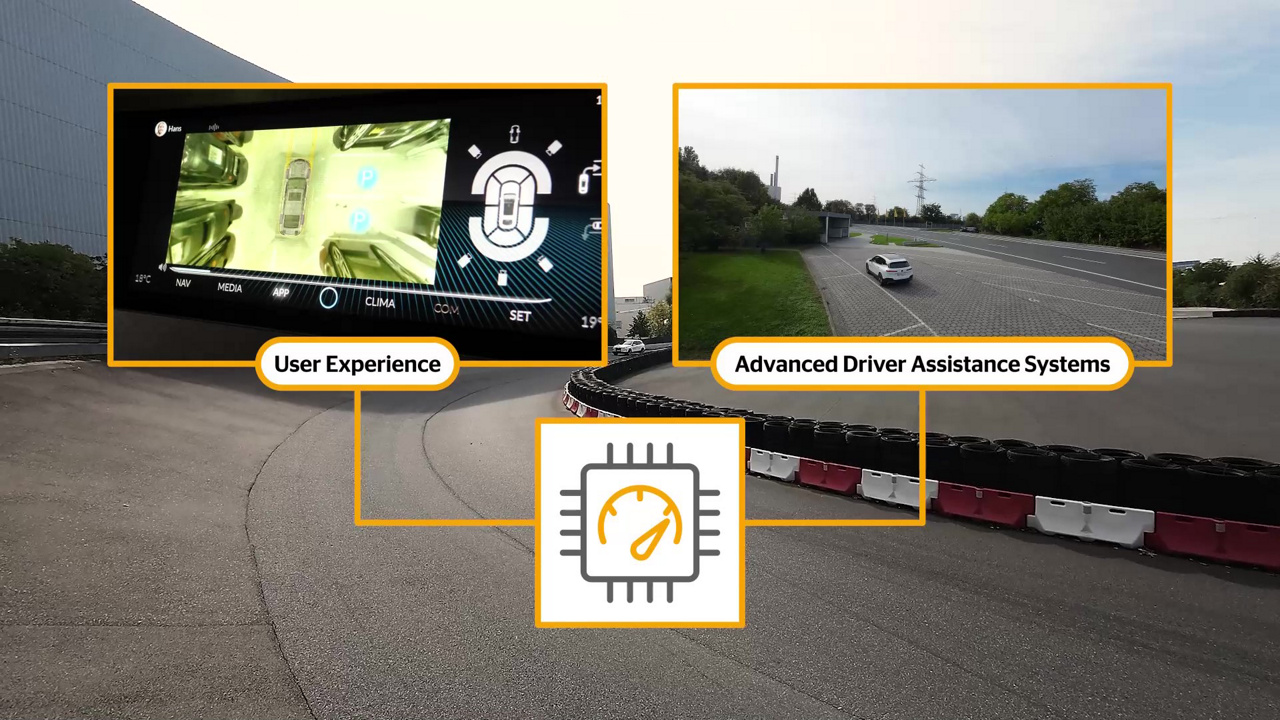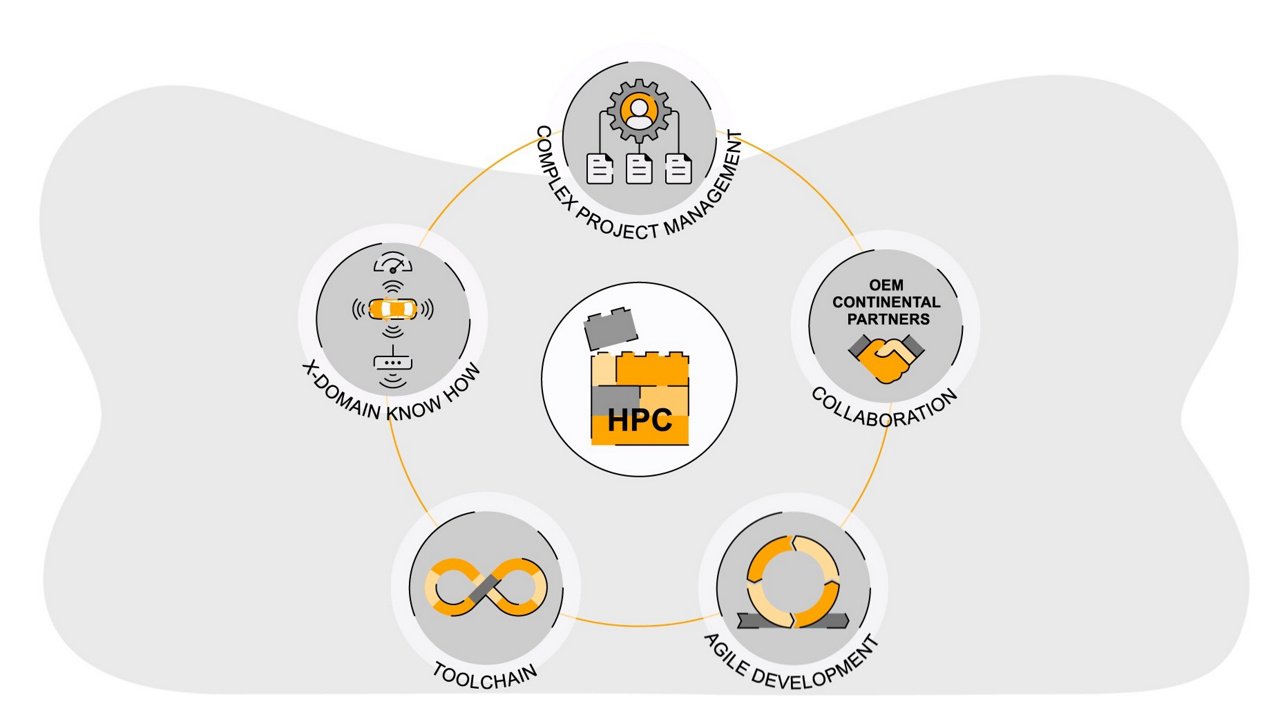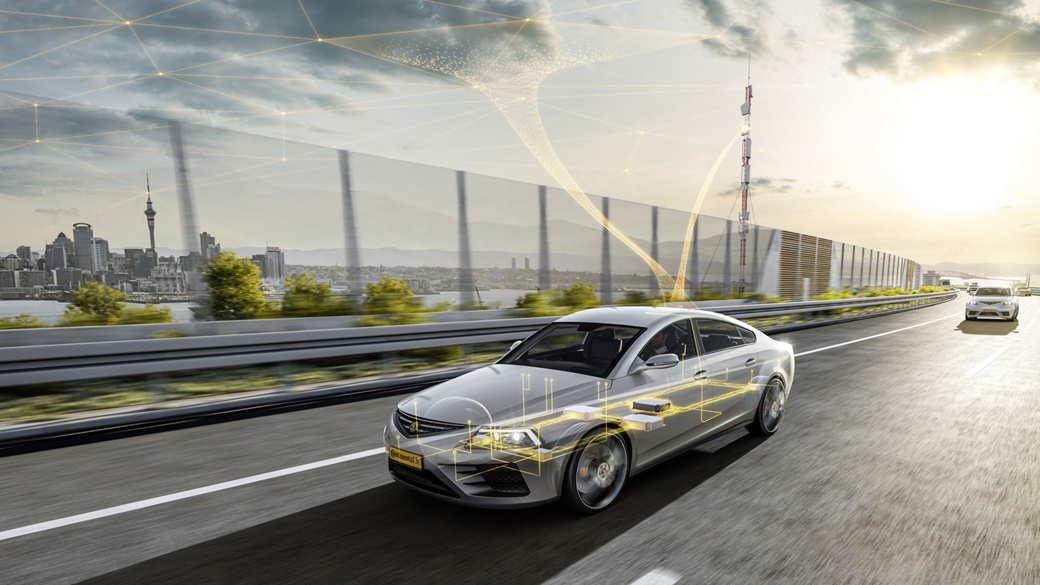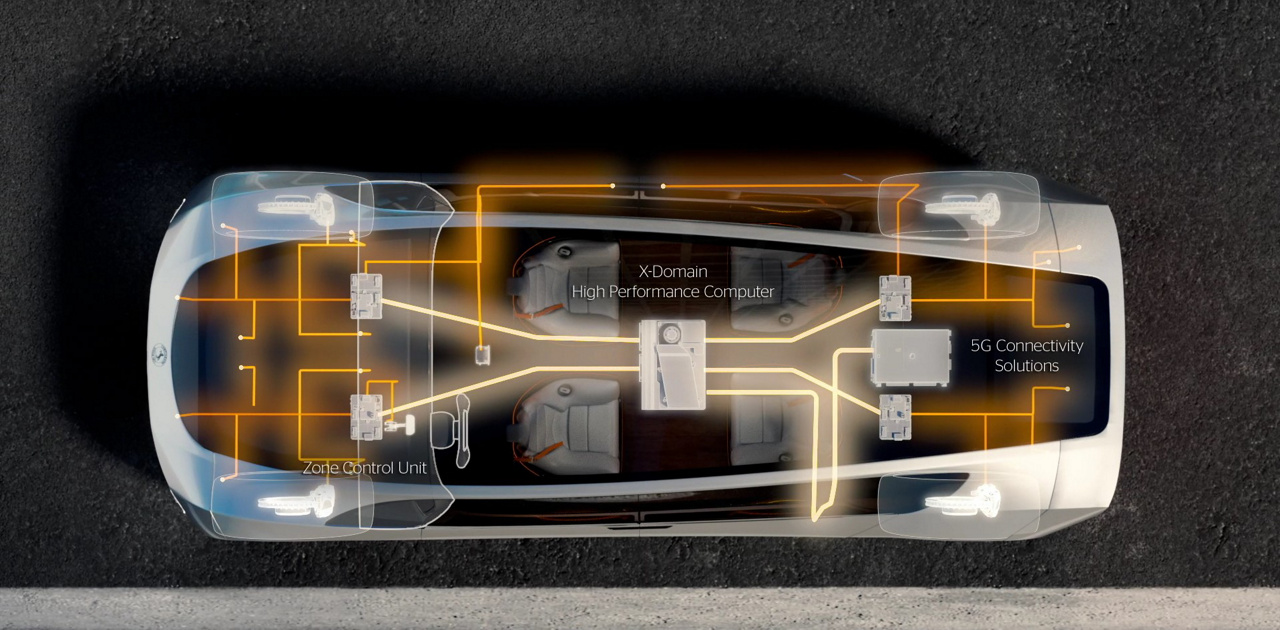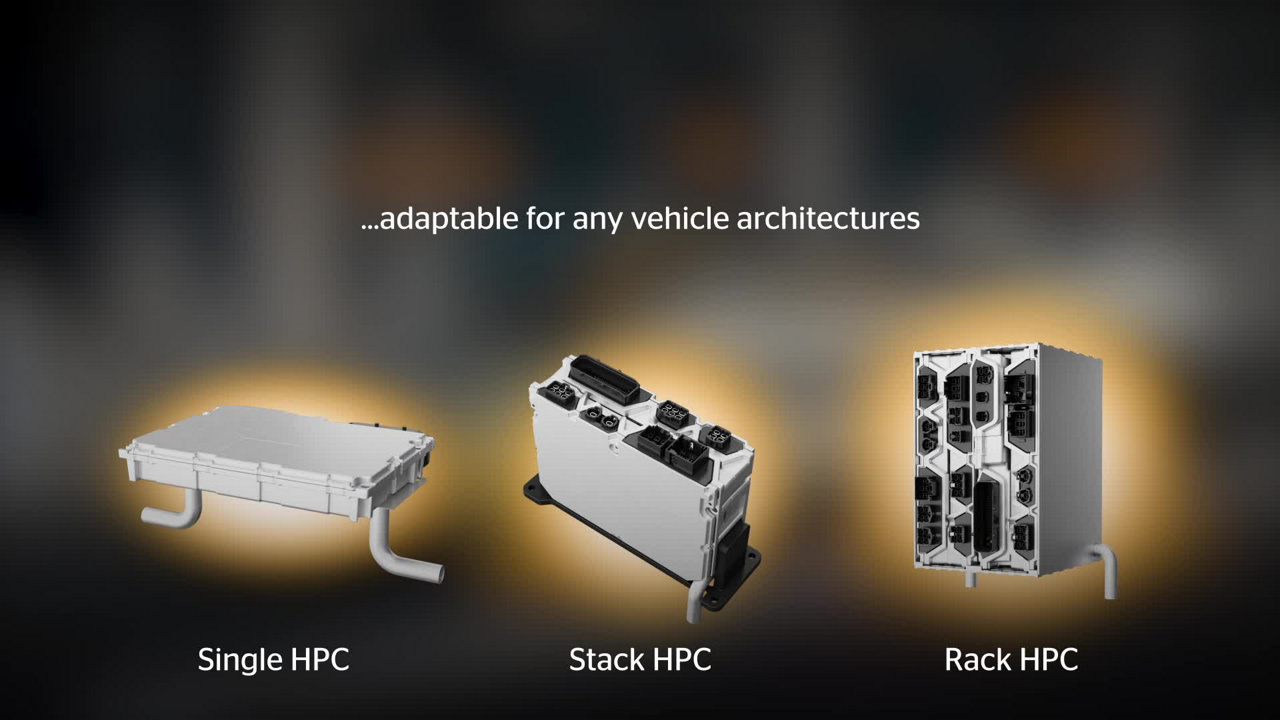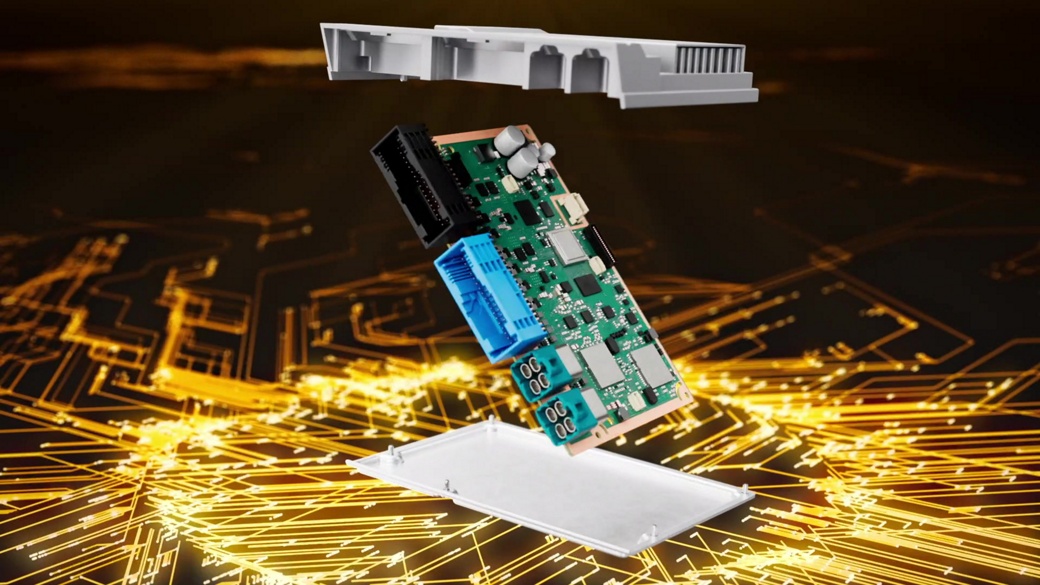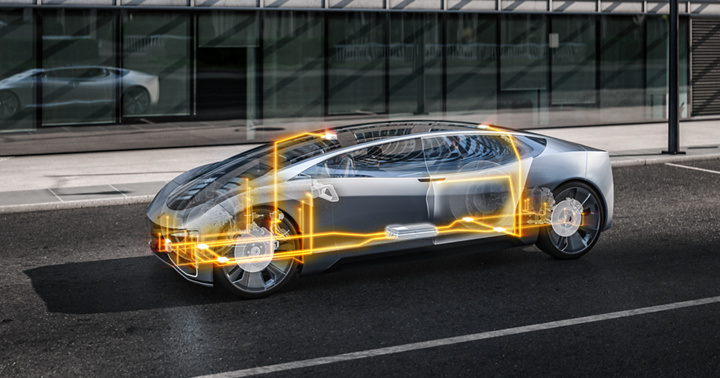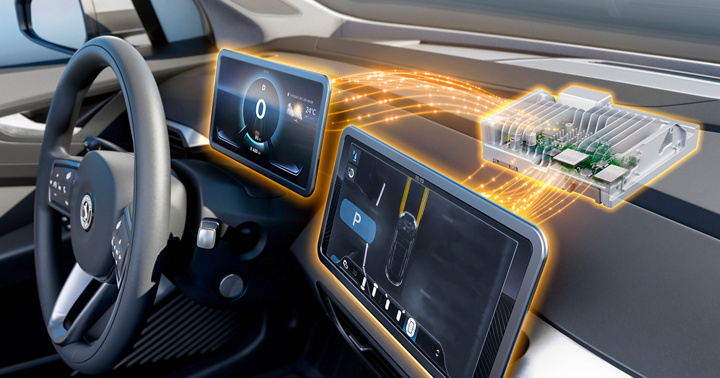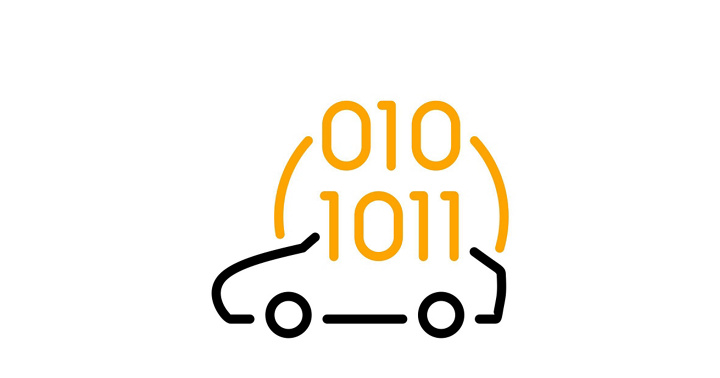The electrical/electronic architectures of today’s vehicles are reaching their limits in terms of complexity and performance. Connectivity, electrification, shared mobility, and last but not least, automated and autonomous driving require great amounts of computing power.
Accordingly, the central computing power with corresponding functions is concentrated in a few, but powerful central High-Performance Computers (HPCs). This supports the decoupling of software and hardware and simplifies continuous updates and improvements to the “lifelong learning” vehicle.
